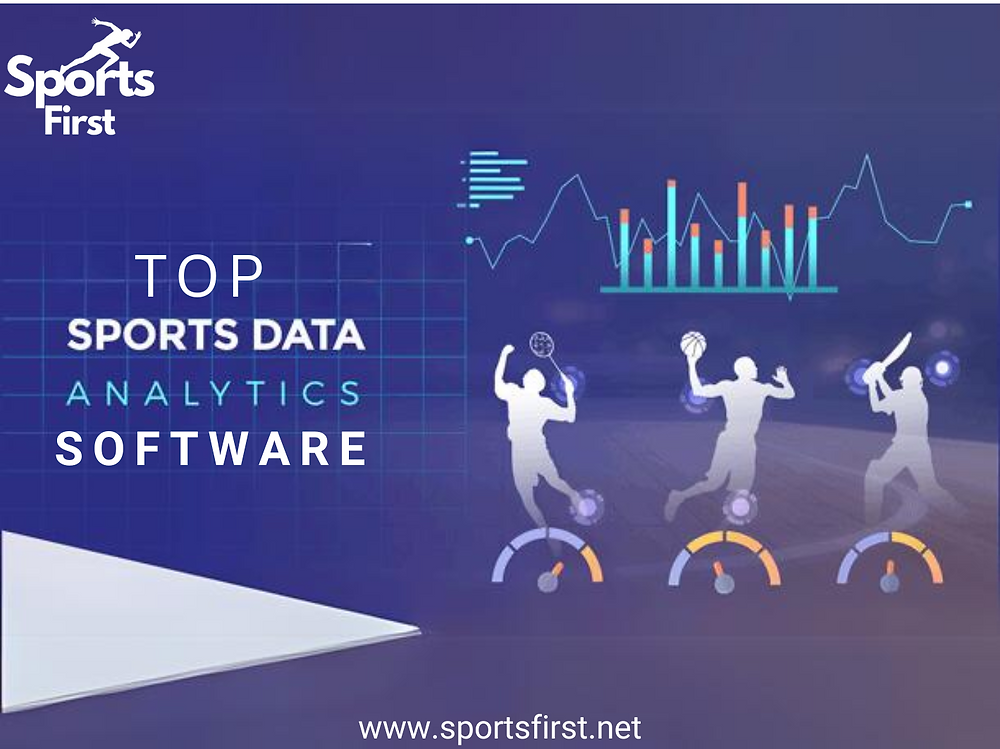# INTRODUCTION
In today’s competitive world of athletics, sports analytics software is no longer a luxury—it’s a necessity. Whether you manage a professional basketball franchise or oversee grassroots soccer clubs, the right solution can transform raw stats into actionable insights. So, what exactly is sports analytics software, and why does every coach, analyst, or even athlete want it?
# WHAT IS SPORTS ANALYTICS SOFTWARE AND WHY DOES IT MATTER?
Sports analytics software refers to digital platforms and tools designed to collect, organize, analyze, and visualize sports data. This includes everything from player biometrics and match statistics to advanced predictive modeling. The main goal is crystal clear: make smarter, data-driven decisions.
According to Grand View Research, the global sports analytics market will reach 4.6 billion USD by 2025, with a CAGR of around 31% yearly (来源: Grand View Research). Clearly, the need for reliable data interpretation is exploding.
# THE SCIENCE BEHIND ADVANCED PERFORMANCE ANALYSIS
Let’s dig deeper: how does sports analytics software actually drive better performance? Top-tier solutions don’t just capture numbers—they identify key patterns in player movement, team strategy, and even injury risks. For instance, many platforms now offer machine learning features that predict outcomes based on historical data.
Some software, like STATS Perform, uses real-time video analytics and AI to break down every inch of gameplay. Others, such as Hudl, focus on coaching workflows and team feedback.
Here is a side-by-side comparison of functionality among popular platforms:
| Software | Key Features | Ideal User | Price Range |
|---|---|---|---|
| Hudl | Video Analysis, Team Communication, Custom Reports | Coaches, Small Teams | $$ |
| STATS Perform | AI-Driven Stats, Predictive Modeling, Scouting Tools | Professional Clubs, Scouts | $$$ |
| Catapult Sports | Wearables, Athlete Monitoring, Injury Prevention | Elite Teams, Medical Staff | $$$$ |
Besides number crunching, sports analytics platforms often include intuitive dashboards, customizable reports, and cross-platform compatibility.

# HOW TO CHOOSE THE BEST SPORTS ANALYTICS SOFTWARE: A STEP-BY-STEP GUIDE
Ready to pick a solution but worried about making the wrong bet? Here’s a proven approach we use in our team’s analysis process.
1. DEFINE YOUR GOALS
Are you focusing on player development, game strategy, or injury reduction? Clarifying your objectives is the first step to picking suitable software.
2. LIST MUST-HAVE FEATURES
From real-time video breakdowns to wearable integration, prioritize features that align with your needs. Don’t forget reporting and cloud support.
3. EVALUATE USABILITY
Some platforms are intuitive out of the box, while others require significant training. Request demos and gather feedback from end users.
4. CHECK INTEGRATION CAPABILITIES
Seamless data flow between devices and other apps (like EMR systems or fitness trackers) is vital for efficiency.
5. ANALYZE COST VERSUS VALUE
Pricing varies wildly. Compare subscription models, setup fees, and long-term value—cheap doesn’t always mean best.
According to a recent survey by Deloitte, 73% of sports organizations ranked integration ease as a top selection criterion for new analytics tools (来源: Deloitte Insights).
# COMMON MISTAKES AND PITFALLS TO AVOID
Let’s be real. Many teams jump in headfirst and regret their choices within months. Here’s a quick warning section you must check before signing any deal.
1. IGNORING DATA SECURITY
Sensitive athlete information needs strong protection; always ask about encryption standards.
2. UNDERESTIMATING TRAINING NEEDS
Even the most powerful software is useless if your staff can’t use it effectively.
3. OVERLOOKING LONG-TERM SCALABILITY
Teams grow. Software must easily scale as your demands expand.
4. NOT TESTING MOBILE COMPATIBILITY
In today’s world, on-the-go access is a must. Don’t settle for desktop-only platforms.
# REAL-WORLD SUCCESS: HOW TEAMS LEVERAGE DATA FOR VICTORY
Based on my experience consulting for several collegiate basketball teams, real traction comes when analysis translates to practice drills and player feedback. For example, one client used Catapult wearables to spot subtle fatigue indicators, adjusting training intensity and reducing soft tissue injuries by 12% in a single season.
On the flip side, teams stuck with “freemium” solutions often hit data caps and lack actionable features—resulting in missed opportunities.
# FUTURE TRENDS IN SPORTS ANALYTICS SOFTWARE
As AI evolves, expect even more predictive power. Blockchain-backed data will ensure transparency, while virtual reality integration could make training simulations hyper-realistic. The market is headed toward more personalized, automated analytics that adapt to each athlete or team’s unique needs.
# CONCLUSION
Sports analytics software is the backbone of modern athletic success. By combining advanced statistics, seamless integration, and user-friendly design, these platforms help coaches, managers, and athletes unlock peak performance. Choose wisely, and your program could be the next headline maker.
# CHECKLIST FOR CHOOSING SPORTS ANALYTICS SOFTWARE
DEFINE OBJECTIVES: List what you aim to achieve
FEATURES MATCH: Identify tools that support your workflow
USER FEEDBACK: Gather input from coaches, analysts, and athletes
SECURITY PROTECTION: Confirm encryption and privacy policies
INTEGRATION: Test compatibility with existing systems
BUDGET CONTROL: Review total cost against expected benefits
DEMO TEST: Request trials and hands-on demos
SCALABILITY: Ensure the platform can grow with your team
SUPPORT RESOURCES: Look for training and support options
MOBILE ACCESS: Guarantee function on multiple devices
Selecting the right sports analytics software isn’t easy, but with the right approach, you’ll make a smarter, high-impact decision.







































